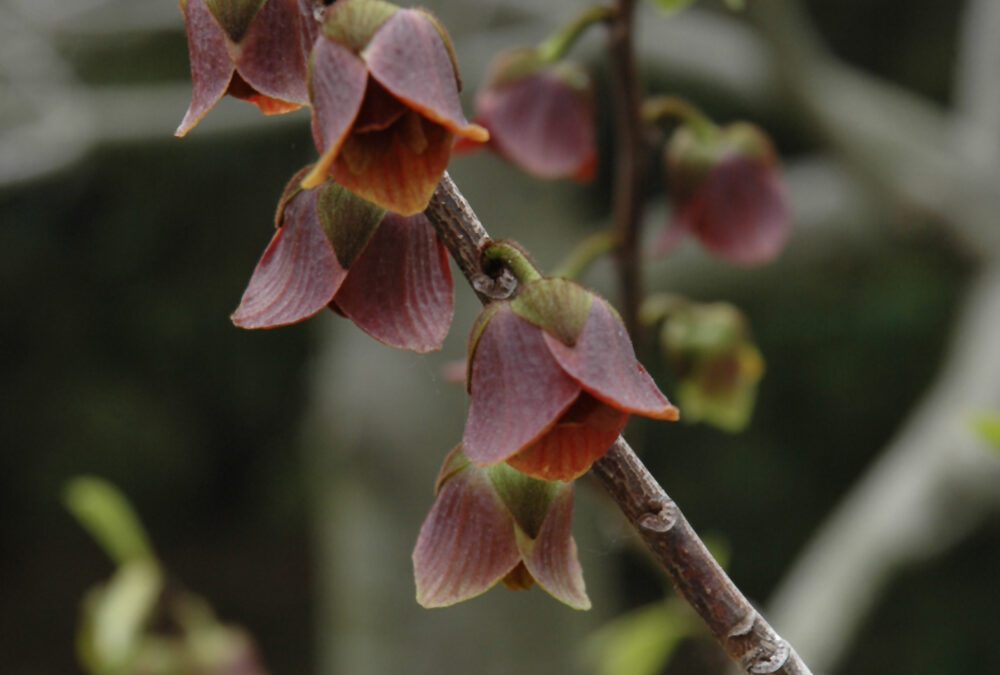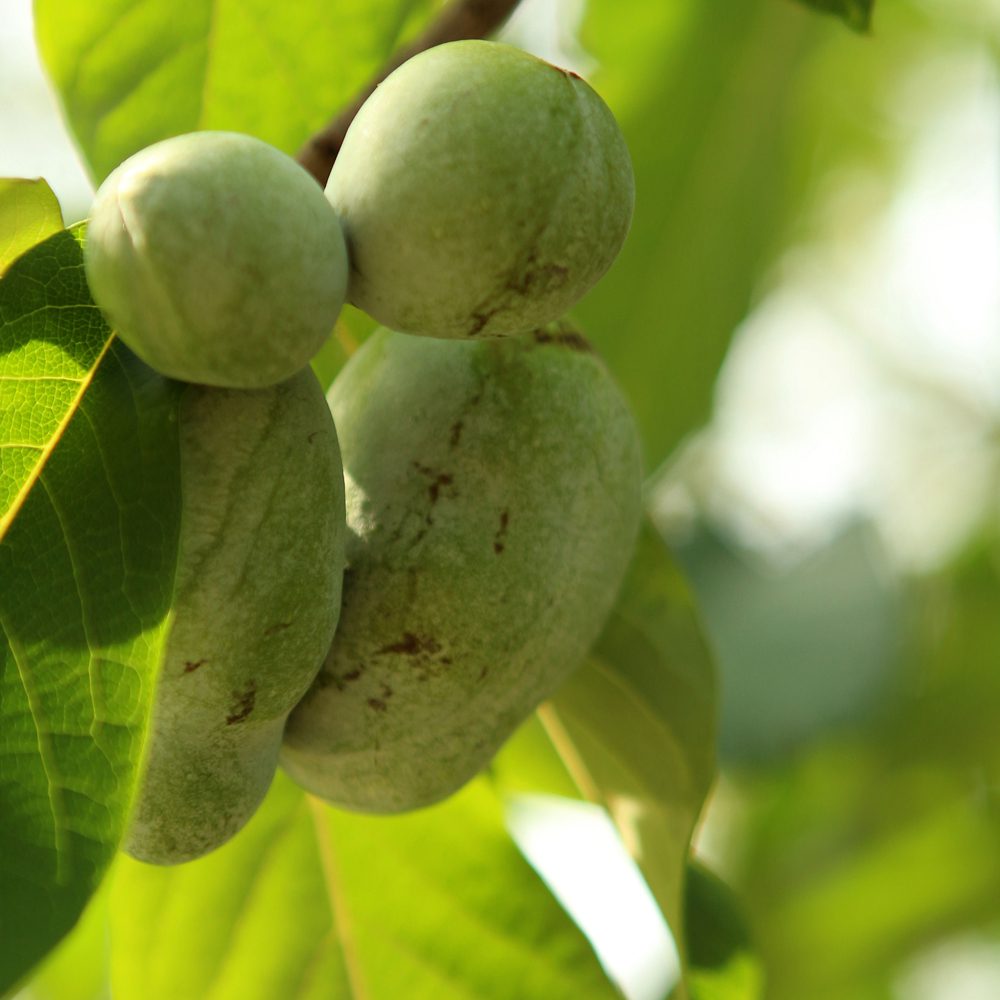What Is a Common Pawpaw Tree?
La Common Pawpaw (Asimina triloba) is a native North American fruit tree known for producing custard-like tropical fruit—right in your own backyard. With flavor notes of banana, mango, and vanilla, this small tree adds exotic appeal to gardens across the Midwest and beyond.
Perfect for home gardeners, wellness enthusiasts, and eco-conscious families, the pawpaw is quickly becoming a go-to for those seeking edible landscaping that’s both beautiful and practical.
7 Reasons to Grow a Pawpaw Tree
1. Tropical Fruit in a Temperate Climate
The pawpaw’s creamy, custard-textured fruit tastes like a mix of banana and mango — but it grows in USDA zones 5–9, making it perfect for places like Illinois.
2. Native & Low-Maintenance
This native tree requires minimal care once established. It’s naturally pest-resistant and thrives in partial shade — ideal for suburban backyards.
3. Beautiful Spring Blooms
Deep burgundy flowers appear in early spring, attracting pollinators and adding visual interest before leaves emerge.
4. Pollinator-Friendly
Pawpaws are an important part of the native ecosystem and support local wildlife. Bonus: they’re the host plant for the Zebra Swallowtail Butterfly.
5. Compact Size for Smaller Yards
With a mature height of 15–25 feet, pawpaw trees fit well into residential gardens and are perfect for small spaces or urban homesteads.
6. Delicious and Nutritious Fruit
Rich in antioxidants, fiber, magnesium, and essential amino acids, pawpaw fruit is a healthy addition to your kitchen. Use it in smoothies, baking, or even homemade ice cream.
7. Sustainable & Unique
Support biodiversity and reduce food miles by growing this native fruit tree — an eco-friendly alternative to imported tropical produce.
How to Grow a Pawpaw Tree
- Luz solar: Partial shade to full sun (prefers some shade when young)
- Soil: Moist, well-drained, slightly acidic
- Pollination: Plant at least two trees for cross-pollination and fruit production
- Fruit Time: Late summer to early fall
- Hardiness Zones: 5–9
PROTip: Protect young saplings with shade for the first year. Once established, they’re extremely resilient.
Is the Pawpaw Tree Right for You?
If you’re a woman who loves gardening, healthy living, or simply growing something unique and useful, the Common Pawpaw is a tree worth planting. It’s the perfect addition to:
- Inicio orchards
- Pollinator gardens
- Wellness-inspired landscapes
- Family-friendly backyards
Whether you’re growing it for the flavor, the health benefits, or the ecological impact, the Pawpaw offers more than meets the eye.
Where to Buy a Pawpaw Tree
At Platt Hill Nursery, we proudly carry healthy, ready-to-plant Common Pawpaw trees for Chicagoland gardeners and beyond.
Shop the Common Pawpaw here
Or visit us in-store to explore more native and edible trees.



